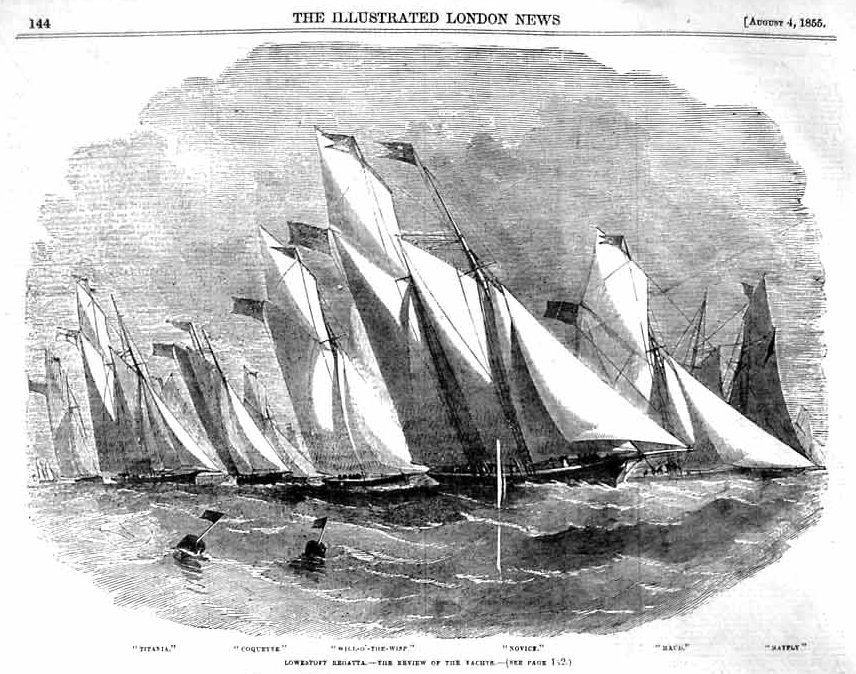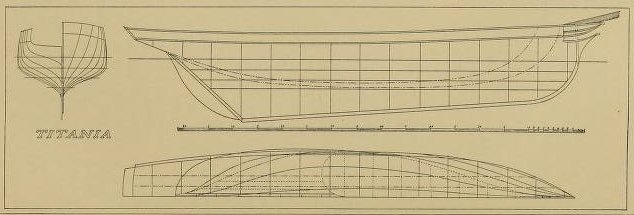TITANIA : HISTORY AND SPECIFICATIONS
Yves GARY Hits: 11201
Category: TITANIA
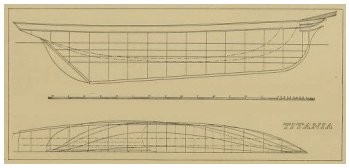 America's owners entered the yacht for the cup race before realising that an owner of an English yacht had responded to the challenge placed by Commodore John Cox Stevens in the RYS Clubhouse. The man was RYS Member Robert Stephenson, the yacht was Titania and the race - more a match race of the modern style of The America's Cup competition - took place a week after the more famous cup race.
America's owners entered the yacht for the cup race before realising that an owner of an English yacht had responded to the challenge placed by Commodore John Cox Stevens in the RYS Clubhouse. The man was RYS Member Robert Stephenson, the yacht was Titania and the race - more a match race of the modern style of The America's Cup competition - took place a week after the more famous cup race.
Robert Stephenson (1803 – 1859)
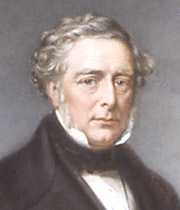 Remembered by many, vaguely, as the 'Stephenson's Rocket' man Robert Stephenson was a giant of Britain's industrial past, particularly renowned for his railway and civil engineering projects all over the world. He was involved in the construction of many British and foreign railways; his famous tubular bridges included the Britannia Bridge across the Menai Strait and the Victoria Bridge over the St Lawrence to connect Canadian and American railways. A keen yachtsman, he sometimes lived on his yachts - he had two, both called Titania - when working abroad.
Remembered by many, vaguely, as the 'Stephenson's Rocket' man Robert Stephenson was a giant of Britain's industrial past, particularly renowned for his railway and civil engineering projects all over the world. He was involved in the construction of many British and foreign railways; his famous tubular bridges included the Britannia Bridge across the Menai Strait and the Victoria Bridge over the St Lawrence to connect Canadian and American railways. A keen yachtsman, he sometimes lived on his yachts - he had two, both called Titania - when working abroad.
Robert Stephenson was the first notable industrial (and non-'gentleman') member elected to the Royal Yacht Squadron. He was blackballed on the first attempt to elect him in 1850. For the second, successful, election attempt the page in the Candidate's Book contains many more signatures in support than the usual two. The Royal Yacht Squadron had many members who were immensely interested in new technologies, particularly in their application to the development of yacht design, so Robert's candidacy was popular; his proposer on this occasion was the Commodore, Lord Wilton. He was elected and remained a member until his death in 1859 when, as is usual, the Squadron clubhouse half-masted the colours in recognition. On the day of his interment his yacht Titania at Cowes fired 56 minute guns and then hoisted the colours until they were struck at sunset; she was later taken into harbour to be stripped and laid up on the mud up river.
John Scott Russell (1808 – 82)
 Robert Stephenson owned two iron yachts called Titania, both designed and built by his friend John Scott Russell. Best remembered in yachting history circles as author of the 'waveline' principle, Scott Russell was another giant of the industrial age who was recently nominated as Naval Architect of the Millennium in a debate by the Royal Institution of Naval Architects. A founder of the INA, he left a magnificent legacy in his 3-volume work 'A Modern System of Naval Architecture' published in 1864. A man of wide ranging interests he was particularly involved in the Great Exhibition of 1851 so was interested in America's progress even before he knew that 'his' yacht had challenged her. Following America's success he wrote to 'The Times' "This challenge of America to England was of incalculable benefit to England. America reaped a crop of glory; England a crop of wisdom. It was worth the loss of a race to gain so much"
Robert Stephenson owned two iron yachts called Titania, both designed and built by his friend John Scott Russell. Best remembered in yachting history circles as author of the 'waveline' principle, Scott Russell was another giant of the industrial age who was recently nominated as Naval Architect of the Millennium in a debate by the Royal Institution of Naval Architects. A founder of the INA, he left a magnificent legacy in his 3-volume work 'A Modern System of Naval Architecture' published in 1864. A man of wide ranging interests he was particularly involved in the Great Exhibition of 1851 so was interested in America's progress even before he knew that 'his' yacht had challenged her. Following America's success he wrote to 'The Times' "This challenge of America to England was of incalculable benefit to England. America reaped a crop of glory; England a crop of wisdom. It was worth the loss of a race to gain so much"
Titania
The first Titania was launched, fully rigged, from the Robinson and Russell yard at Millwall on the Thames, in early 1850. The Illustrated London News reported the event, as it later reported the disastrous fire which consumed the yacht in May 1852. Being iron her frame survived the fire and John Scott Russell rebuilt this yacht, calling her Themis, while at the same time building Robert Stephenson a new Titania which was launched in 1853. Both Titanias were schooners, the first 84.7 feet long, the second 91 feet as compared with America's 101.3 feet. Both had as their master Loving Corke, a member of a notable Cowes family of merchant and yacht service mariners who included pilots and the captain of the Southampton - Cowes ferry.
Les lignes de Titania
Source:
The Lawson history
of America's cup
Liens:
archive.org
books.google
 The above plans, transposed into Delftship (with the scale every 5 feet) suggest that it is rather Titania II because you get the following dimensions:
The above plans, transposed into Delftship (with the scale every 5 feet) suggest that it is rather Titania II because you get the following dimensions:
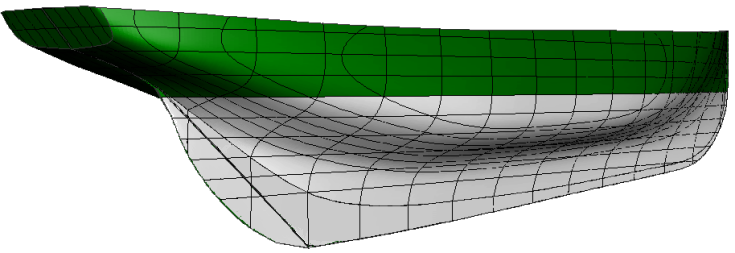 L.O.A. : 27,30 m
L.O.A. : 27,30 m- L.W.L. : 24,75 m
- Beam : 6,00 m
- Draft : 3,80 m
- Displacement : 135 tonnes
The Race
There was much interest in the match that took place on 29th August 1851. This was a race between schooners, like for like; between wood and iron; between a vessel from George Steers and the John Brown yard in New York and one from the drawing board and yard of John Scott Russell in London; between two countries who laid claim to 'wave line'. 'Hunt's Yachting Magazine' gave a four-page report compared with just one for the cup race. The race was 20 miles from the Nab Light SSE to the steamer Queen (Captain D Corke) and then return; £50 to the winner of each leg. In the race out America beat Titania by 4 min 12 sec, despite having serious problems with the jaws of her main gaff. On the return passage she flew away from Titania, winning by a huge margin of 47 min 48 sec, a decisive victory. America was sold two days later.

Download the DELFTSHIP LINES : Delftship file to finish and wallpaper images

